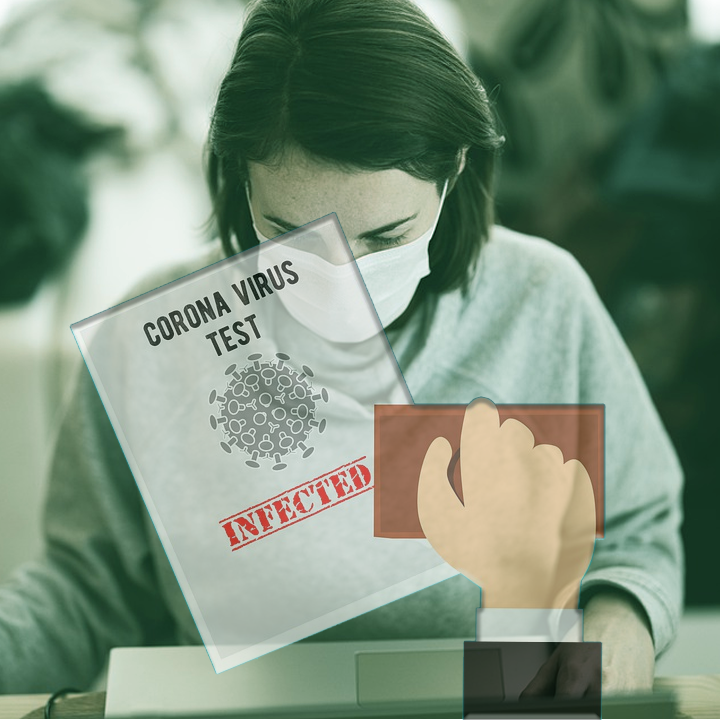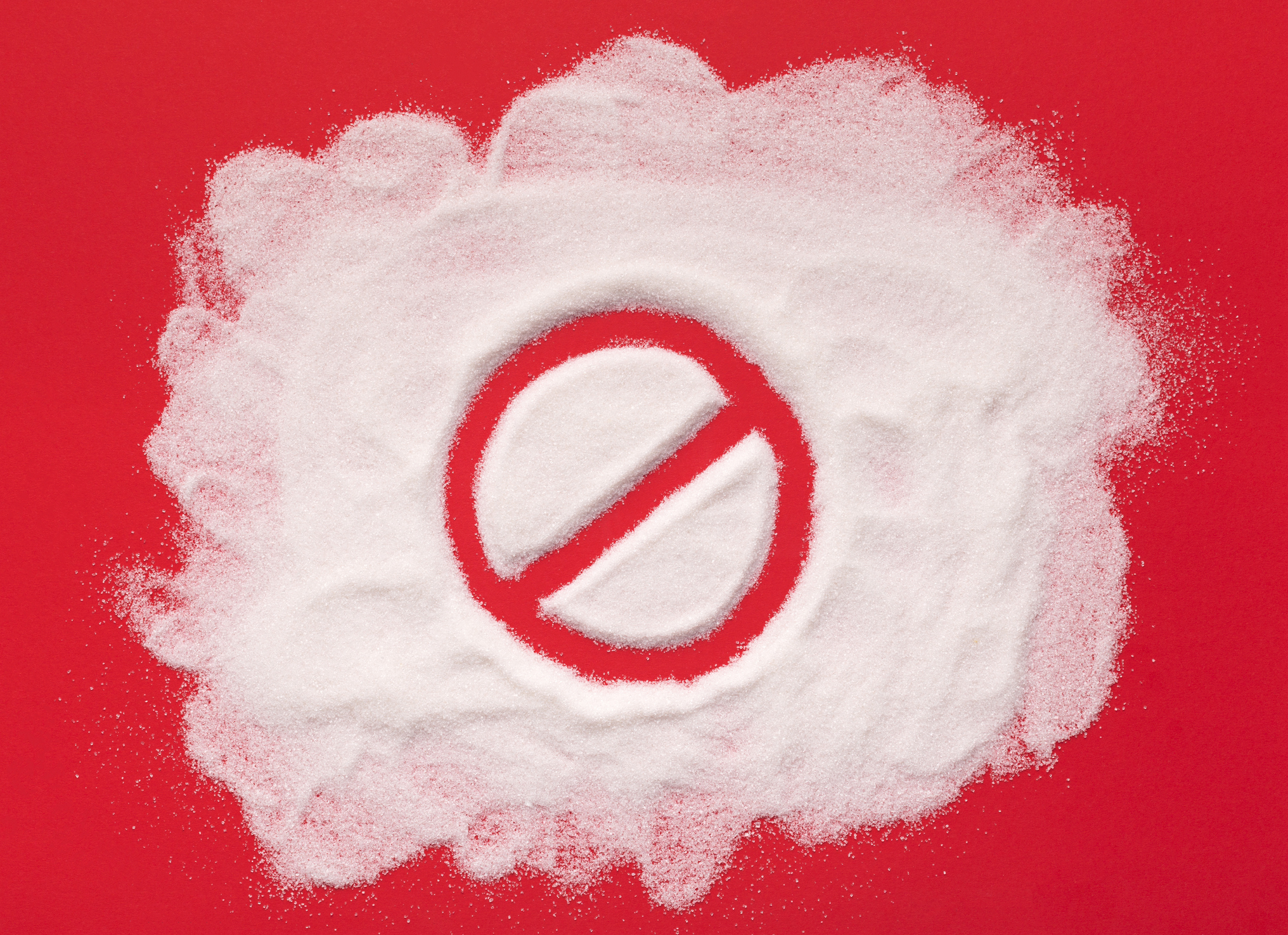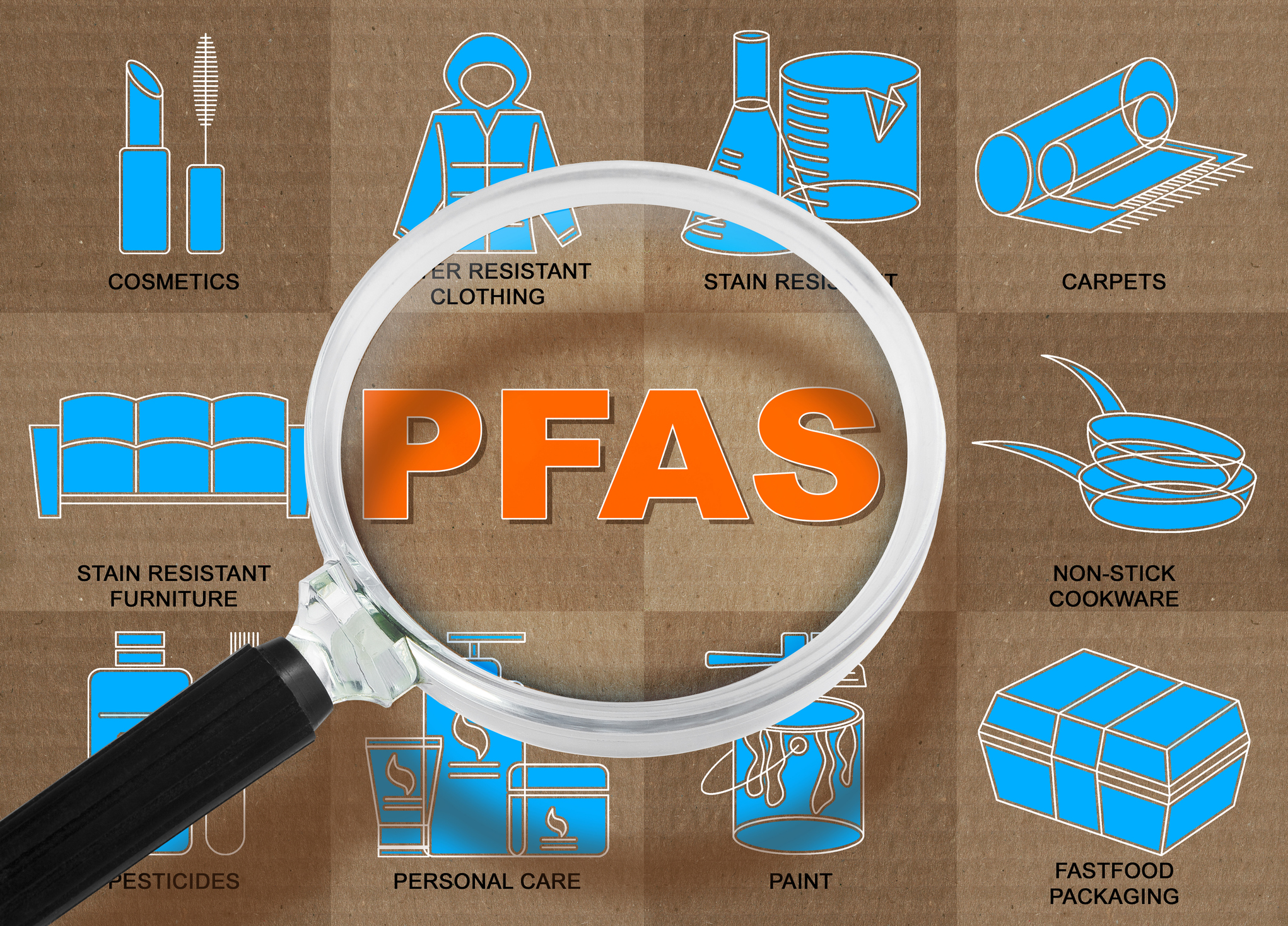
Currently, employers and employees are deciding how to reopen, stay safe, and go back to whatever life-as-usual means these days. This dilemma is particularly challenging for employers who may not provide health insurance or healthcare to employees. Many are also confused as to who is responsible for testing and other measures deemed critical to worker safety. Employers are also balancing costs where COVID-19 has forced closures, reducing revenues.
Current Landscape and Recommendations
The Society for Human Resource Management (SHRM) provides significant resources and guidance ranging from legal analysis, necessary forms for employee testing, and articles on what role employers should play in the testing and containment space with their employees. Much of this guidance reiterates an employer’s responsibility to create a safe work environment for all employees, including performing infection tests and implementing other measures to ensure that employees remain healthy and minimize workplace spread.
States like California have released detailed guidance for employers on their responsibilities. California instructs employers to share information with local health departments and stakeholders. Additionally, California requires employers to implement workplace tracking to contain spread.
California’s guidelines provide, “Testing all employees in a workplace should be the first strategy considered for identification of additional cases. Testing may be done at a single point in time or at repeated intervals.” New Jersey’s Governor Phil Murphy, in May, called for everyone in the state to have access to testing. However, not all New Jersey residents have access to testing still, and there has been no comprehensive workplace strategy for testing, either.
The Centers for Disease Control and Prevention (CDC) provides an outline for high-density critical-infrastructure workplace testing strategies for workers in law enforcement, 911 call centers, hazardous materials responders, janitorial staff, and critical workers in the food & agriculture, IT, transportation, energy, and government sectors. The CDC recommended that asymptomatic workers be permitted to continue to work, provided they follow the recommended control measures, and remain asymptomatic. Those control measures include pres-screening, regular monitoring, mask-wearing, social distancing, and workplace disinfection. Employers bear the burden of managing not only the continuation of work in critical infrastructure facilities but the control and maintenance of workplace safety measures to limit spread.
The CDC and other guidelines recommend that employers utilize testing to take specific preventative action; testing for testing’s sake alone is not enough. Goal-driven testing prevents unnecessary cost and the indiscriminate, purposeless use of resources.
On June 23, 2020, the Departments of Health and Human Services, Treasury, and Labor issued joint-guidance to implement COVID-19 coverage provisions – requiring that comprehensive private insurance health plans cover testing and related costs without cost-sharing, though this is required only through the declared duration of the public health emergency. The Trump administration has further reaffirmed that employers and insurers are not required to pay for non-diagnostic COVID tests. Excluded are any back-to-work or general screenings.
Section 6001 of the Families First Act, with amendments from the CARES Act, requires private and self-insured health insurance plans to cover testing needed to detect or diagnose COVID, along with covering the administration of that testing, without cost-sharing or medical management requirements.
Employer Liability
Alexia Elejalda-Ruiz notes in the Chicago Tribune that employers looking to return to post-lockdown normalcy face potential liabilities ranging from age and disability discrimination, among others. One concern that keeps resurfacing without a clear answer is whether employees who contract COVID can pursue their employers if the employee claims or feels they contracted Coronavirus at work. Currently, federal lawmakers grapple with differing philosophies on whether to shield employers from pandemic-related lawsuits.
Some feel that it is a necessity to shield employers as it could be near impossible in some circumstances to tell where the employee contracted the virus. In contrast, others feel that by shielding employers, it permits businesses to act negligently in protecting employees, containing spread, and providing preventative measures.
USA Today also notes, “while health care providers must follow federal safety guidelines to guard against contagion, other businesses are not obligated to do so, leaving it to states and localities to set standards.” However, employees exposed at their workplace face an uphill battle in proving they contracted the illness at work, rather than in their daily lives. Some states have adopted a presumption, reputable by the employer, that a critical worker who is sick caught the disease at work.
The Occupational Safety and Health Administration (OSHA) requires employers to create a workplace that is “free from recognized hazards that are causing or are likely to cause death or serious physical harm” to employees. OSHA advises employers to follow the Centers for Disease Control and Prevention guidelines. However, OSHA’s lack of enforcement on these measures is of immediate concern for workers.
Solution
Regardless of federal and state legislation and regulation, employers should provide every measure possible to protect employees and reduce their liability. To ensure a safe environment for workers, limit employer liability, and continue to operate, some employers are turning to a new crop of consultants to help them navigate through this period and comply with local, state, and federal health, safety, and COVID-19 guidelines.
Several healthcare companies have begun providing businesses testing, tracking, management, and consulting services for employers and employees. Companies have rolled out programs with general safety reminders and education, daily check-ins for symptoms of the virus, testing, result sharing, and tracking and containment if a positive is recorded.
By providing a single point of contact and easy-to-use mobile apps and software, testing companies have also begun helping employers handle workforce and staffing issues, both to contain the spread and prevent initial contamination by adhering to CDC and federal staffing guidelines.
Latest News
Photo credit: iStock.com/Prostock-Studio Across the country, states are proposing new policies that would restrict the use of Supplemental Nutrition Assistance Program (SNAP) benefits for the purchase of sugary foods, such as soda and candy. These [...]
Photo credit: iStock.com/24K-Production Across the United States, lawmakers are increasingly reconsidering psilocybin policy in response to growing evidence of its therapeutic potential. Psilocybin is a naturally occurring psychedelic compound found in particular species of mushrooms. [...]
Photo credit: iStock.com/Motortion In 2022, the U.S. Supreme Court decision in Dobbs v. Jackson Women's Health Organization overruled a federal constitutional guarantee of freedom to abortion. Since then, legislation concerning reproductive healthcare—including access to [...]
Photo credit: iStock.com/Francesco Scatena Recent trends across the country have seen several states introducing bills to ban certain chemicals, particularly perfluoroalkyl and polyfluoroalkyl substances (PFAS), in consumer products. According to the EPA, PFAS are persistent [...]






Stay In Touch